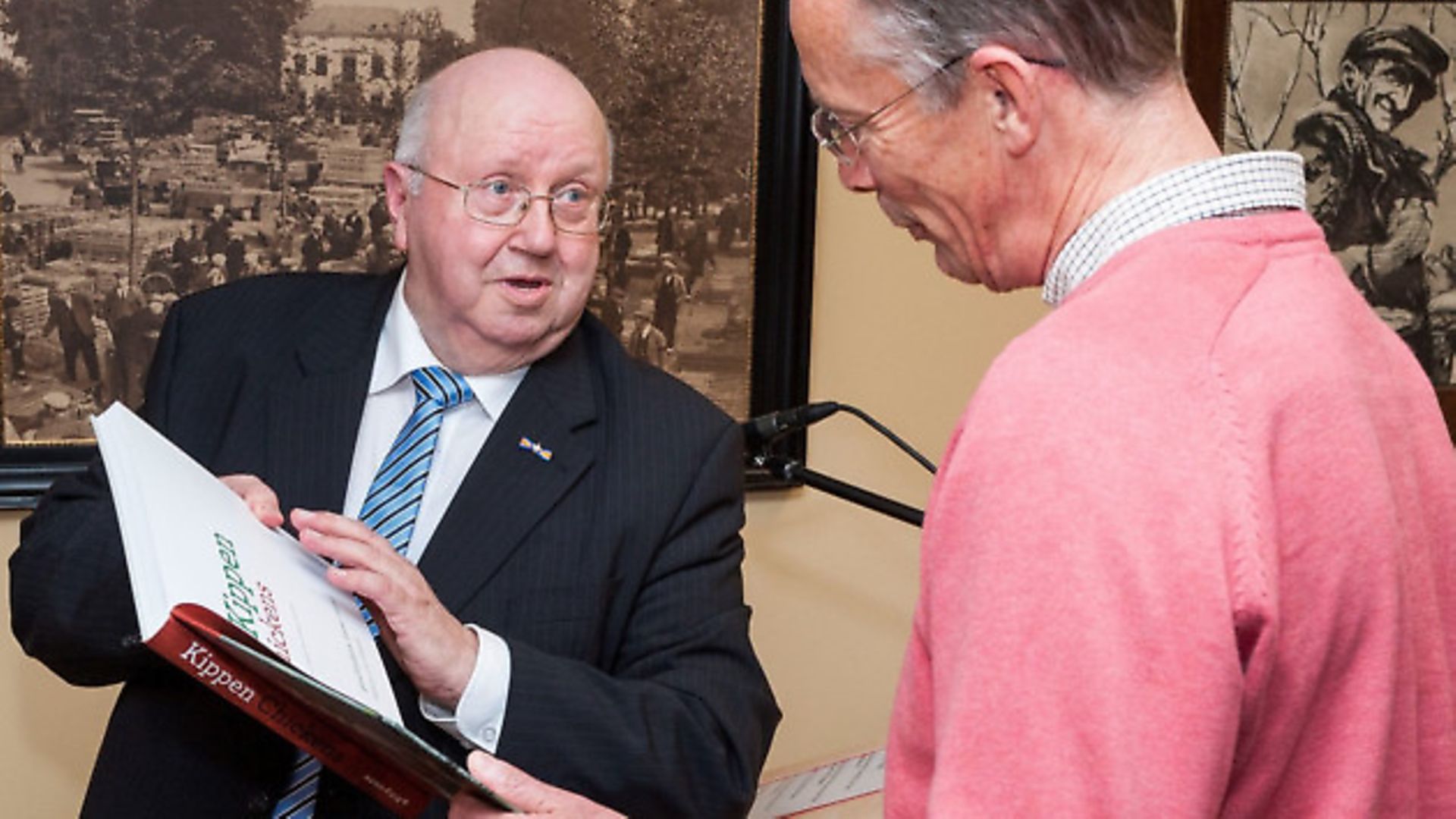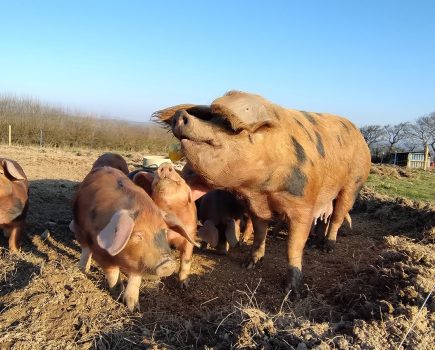Jeremy Hobson meets a man who is ‘royalty’ to many Dutch chicken keepers’ Sir Hans L. Schippers is almost as well-known worldwide. Jeremy has been to Holland to meet him.

What set you on the road to chicken keeping?
I am from a fourth generation of hobby farmers and I’d been keeping rabbits since the age of eight. I later saw a broody hen and her chicks. I kept saying that I wanted a broody and chicks and then, one day, my father told me he had found just what I was looking for. I couldn’t wait to go home and see them!
What breeds have you kept – and what breeds do you keep now?
Nowadays, Rhode Island Reds and Sebright bantams, but at one time I had 100 different breeds; fortunately my father had retired by then and could help me for two or three hours a day, otherwise it just would not have been possible.
Did you continue keeping rabbits?!
Yes… and over my life I have also kept guinea pigs, goats, sheep, pigs and dairy cattle, but it is for my chickens that I am best known, and I’ve been involved with creating the Australian Poultry Standards and the Standard of Perfection in the USA. I’m lucky enough to have been asked to judge chickens in many countries.
Why do you judge – what are your motives?
It’s all about education; I’ve been involved in instigating children’s farms. I judge and I visit chicken keepers all round the world. You study, you learn… as a judge; you need to get feedback. I like to promote the Dutch breeds, some of which are unknown in other countries and therefore not popular.
Breed standards are not universal. When you judge abroad it must be difficult?
I think the biggest influence on standards is Germany… but you are correct, many countries have their own standards. I have been known to shut myself in a room and study specific breed standards for hours before I judge in a particular country. It’s important to get it right – when I judge, I feel I am a representative of that country’s organisations.
You have recently co-authored Kippens – Chickens, a fantastic new book written in both Dutch and English. How did the book come about?
It started with the discovery of some glass photo negatives from the 1930s. The publishers felt the book would interest professionals and hobbyists alike as both a point of reference and a coffee table book… and would show the characteristics in some old breeds that could prove beneficial in the future. We were given an incredible amount of help in the translation and editing by poultry expert David Bland.
The book isn’t all about old photographs though?
No, it is well illustrated with modern colour photographs (over 350 of them!) from many people and organisations. It covers the history of chickens, their development, describes many of the most popular breeds and includes much about care and egg production.
Do you take ‘chicken’ photographs yourself?
Yes… and not just chickens, also many other domestic/farm animals. Since the 1980s, I’ve amassed a collection of more than 200,000 colour slides and 150,000 digital photos. Many have been used in my 35 books.
In one of your books, you tell of the development of the Barnevelder and include a story as to how many eggs each hen should lay in a year
The inhabitants of Barneveld always claimed that their chickens laid 313 eggs if the year had 365 days. Being a very religious community, traditionally no work was done on Sundays (365 minus 52 Sundays = 313): this is not statistically proved, however, and it’s actually more likely that they will lay somewhere around 180-200 eggs a year!
Finally, what piece of advice would you give anyone considering starting back garden chicken keeping for the first time?
Take an easy breed and stay small – take one variety and learn all you can about it. It also helps if your partner likes chickens and you have a mutual hobby!
Image(s) provided by:
Archant







